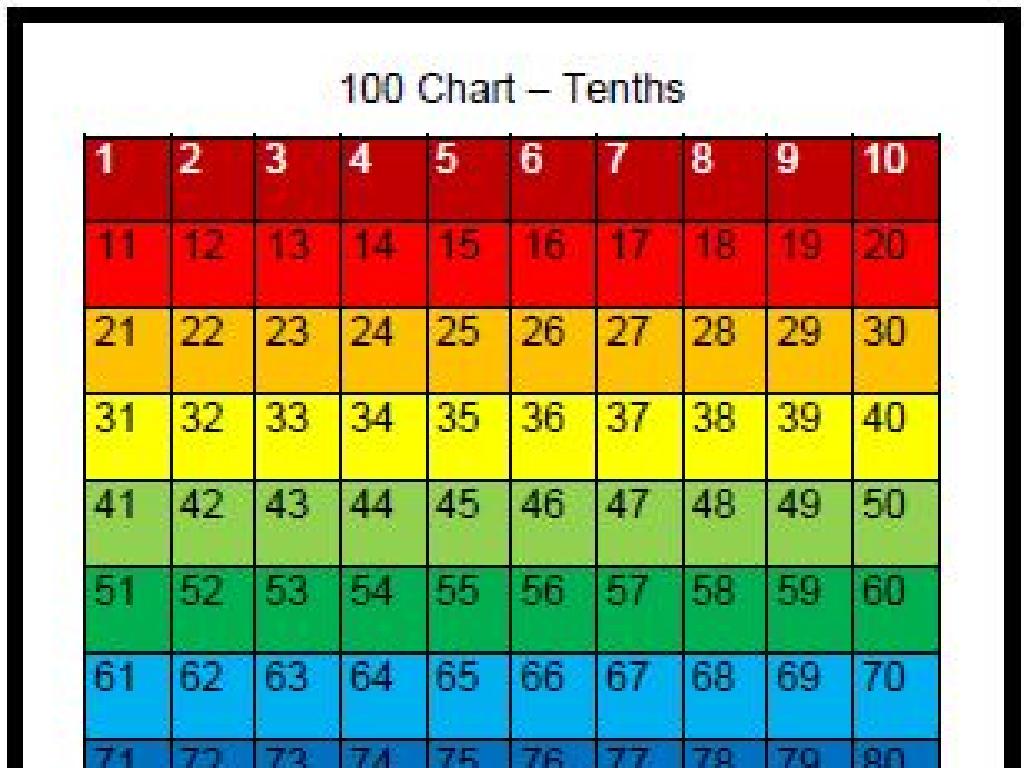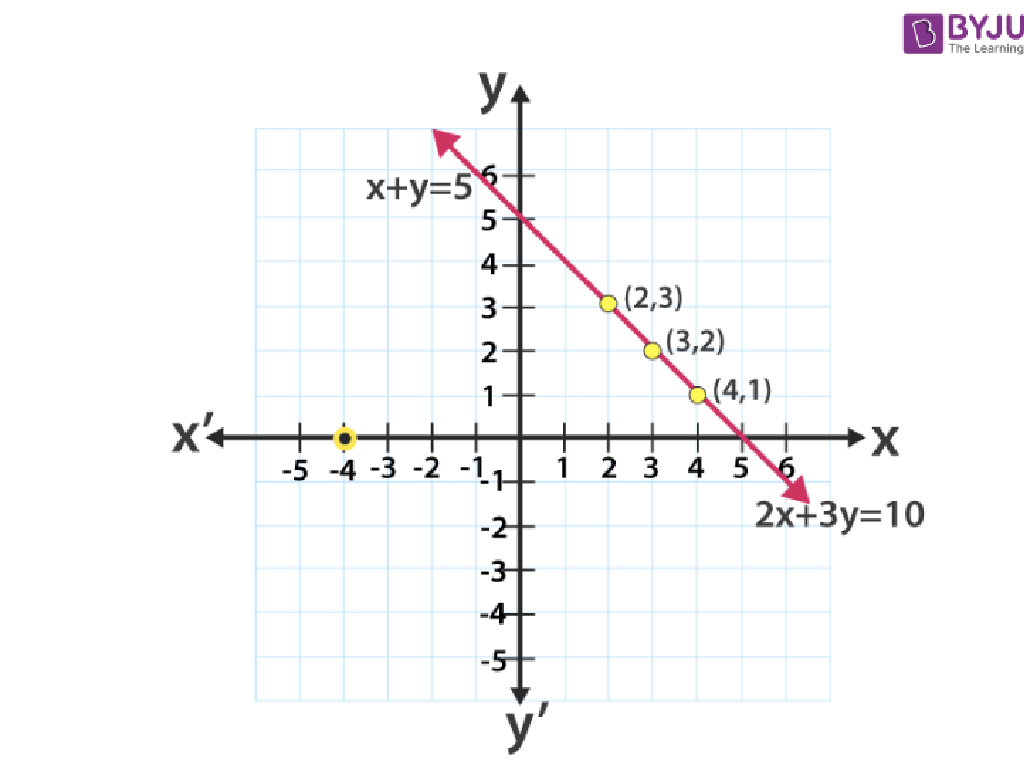Name States Of The Northeast
Subject: Social studies
Grade: Third grade
Topic: States
Please LOG IN to download the presentation. Access is available to registered users only.
View More Content
Exploring the Northeast Region
– Discover the Northeast of the US
– Regions defined by geography, climate, culture
– Geography: mountains & forests; Climate: cold winters; Culture: rich history
– Quick facts about the Northeast
– Home to the smallest state, Rhode Island
– Why the Northeast is unique
– Known for landmarks like Niagara Falls & Liberty Bell
|
This slide introduces students to the Northeast region of the United States, helping them understand what constitutes a region. Emphasize that a region is characterized by its geography, such as the Appalachian Mountains, its climate, which includes cold winters, and its culture, which is influenced by early American history. Share quick facts, like the Northeast being home to the smallest state, and discuss unique features such as famous landmarks. Encourage students to think about what makes their own region special in comparison to the Northeast.
Exploring the Northeast States
– 11 states make up the Northeast
– The Northeast is a region in the U.S. with 11 unique states.
– Learn names and find on a map
– We’ll use a map to locate each Northeast state and remember them.
– States from Maine to Delaware
– Maine, New Hampshire, Vermont, Massachusetts, Rhode Island, Connecticut, New York, New Jersey, Pennsylvania, Maryland, and Delaware are the states we’ll study.
– Geography shapes our country
– Understanding where states are helps us learn how geography and history are connected.
|
This slide introduces the students to the Northeast region of the United States, which is composed of 11 states. The goal is to familiarize the students with the names and locations of these states on a map. Emphasize the importance of geography in understanding how people live and work in different parts of the country. Activities can include pointing out each state on a classroom map, discussing notable landmarks or characteristics of each state, and perhaps even coloring a map to help with memorization. Encourage the students to think about how the location of a state might influence its weather, culture, and history.
State Capitals of the Northeast
– Every state has a unique capital
– Match states to their capitals
– Example: New York’s capital
– Albany is the capital of New York
– Capitals are government centers
– It’s where state leaders work
|
This slide introduces the concept of state capitals, emphasizing their role as the location of each state’s government. Begin by explaining that every state has a capital city, which is often not the largest city but is important because it’s where the state government is located. Engage the students with an activity where they match states with their capitals, using the Northeast states as the focus. Provide the example of New York and its capital, Albany, to illustrate. Encourage students to think about what happens in a capital city, such as lawmaking and leadership meetings. This will help them understand the significance of capitals beyond just being a place on a map.
Famous Landmarks of the Northeast
– Landmarks are special places
– Statue of Liberty in New York
– A gift from France for freedom
– Liberty Bell in Pennsylvania
– Symbol of American independence
– Niagara Falls in New York
– Beautiful waterfalls on the border
|
This slide introduces students to the concept of landmarks and their significance in the Northeast region of the United States. Landmarks are important because they represent historical events, natural beauty, or achievements of a country. The Statue of Liberty was a gift from France and represents freedom and democracy. The Liberty Bell is an iconic symbol of American independence and has a famous crack. Niagara Falls is known for its breathtaking views and is a popular tourist attraction. Encourage students to think about why these landmarks might be important to people and how they contribute to the identity of the Northeast. Ask them if they know of any other landmarks in their state or city.
Cultural Highlights of the Northeast
– Rich history & diverse culture
– Birthplace of America, with various traditions from different communities
– Famous foods & traditions
– Cheesesteak from Philadelphia, Maple syrup from Vermont
– Unique industries of the Northeast
– Shipbuilding in Maine, Finance in New York
– Comparing cultures: Northeast vs. Ours
– Think about the food, holidays, and jobs that might be different from what we have here
|
This slide aims to introduce students to the vibrant culture of the Northeastern United States. Highlight the region’s historical significance as the birthplace of America and its melting pot of traditions from various ethnic communities. Discuss famous regional foods like Philadelphia’s cheesesteak and Vermont’s maple syrup, and industries such as Maine’s shipbuilding and New York’s financial sector. Encourage students to reflect on how these cultural elements compare to their own experiences, fostering an understanding of the diversity within the country. Use this opportunity to spark a conversation about the importance of cultural diversity and how it shapes the identity of a region.
Map Creation: The Northeast States
– Create a map of the Northeast
– Mark the 11 states and capitals
– Use stickers or draw to mark each state
– Label three famous landmarks
– Choose landmarks like the Statue of Liberty
– Present your map in class
|
This class activity is designed to help students learn the geography of the Northeastern United States by creating their own maps. Provide each student with a blank map outline. Assist them in identifying and marking the 11 states and their capitals. Encourage creativity in marking the states, whether through coloring, stickers, or drawing symbols. Then, have students research and label at least three famous landmarks in the Northeast, such as the Statue of Liberty, Niagara Falls, or the Liberty Bell. Once completed, students will present their maps to the class, explaining their choice of landmarks and any additional decorations they added to their maps. This activity will reinforce their knowledge of the Northeast region and its cultural significance.
Review and Quiz Time: Northeast States
– Review Northeast states
– Name states and capitals
Can you remember the capital of Maine?
– Share an interesting fact
What’s a cool thing you learned about New York?
– Pop quiz participation
Everyone will get a turn to answer!
|
This slide is meant to recap the lesson on the Northeast states and engage the students with a fun pop quiz. Start by reviewing the states in the Northeast region. Then, quiz the students on the capitals of these states to reinforce their memory. Encourage each student to share an interesting fact they’ve learned about one of the states to promote active participation. The pop quiz should be conducted in a supportive and encouraging manner, ensuring that all students feel comfortable participating. Offer praise for effort and correct answers, and provide gentle guidance for any incorrect responses. This activity will help solidify the students’ knowledge and give them a sense of accomplishment.
Mapping the Northeast States: Homework
– Great job learning the Northeast!
– Draw a map for homework
– Use colors to fill in each state
– Include states and capitals
– Mark each capital clearly
– Add a landmark to each state
– Choose a famous place or thing in each state
|
Students have done a great job learning about the Northeast states. For homework, they are tasked with creating their own map, which will help reinforce their knowledge of geography and the importance of the region. Encourage creativity and make sure they label each state and capital correctly. They should also research and depict at least one important landmark for each state, which could be a historical site, a natural wonder, or a famous building. This activity will help students better remember the states and their capitals, as well as give them a sense of the cultural and geographical diversity of the Northeast.






